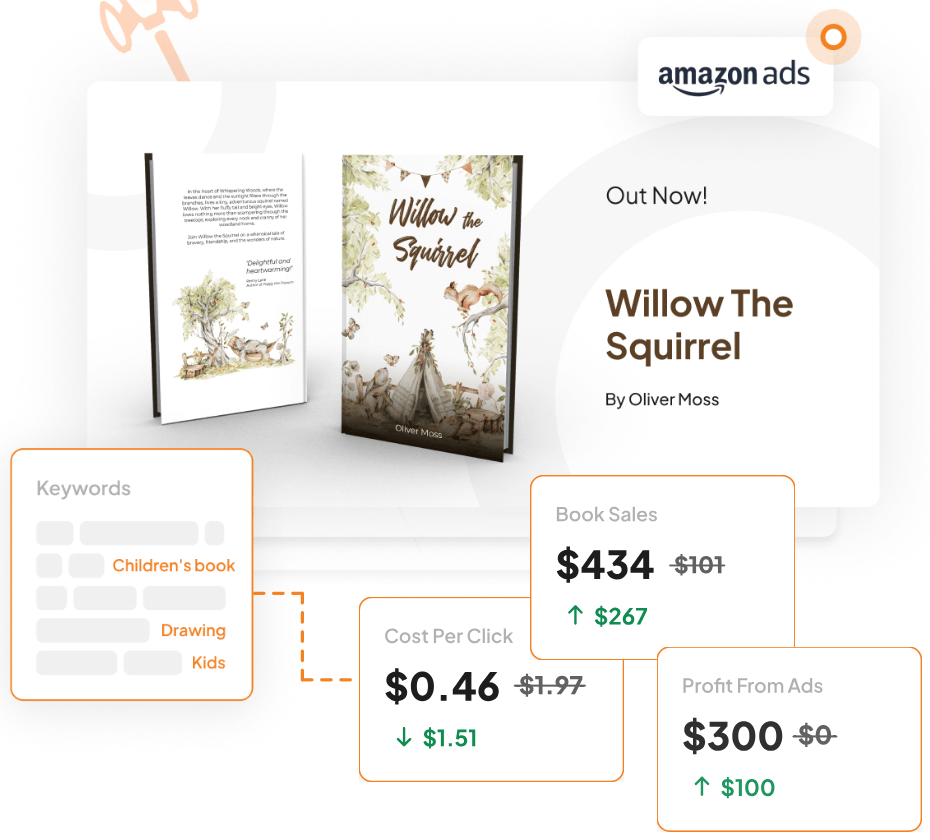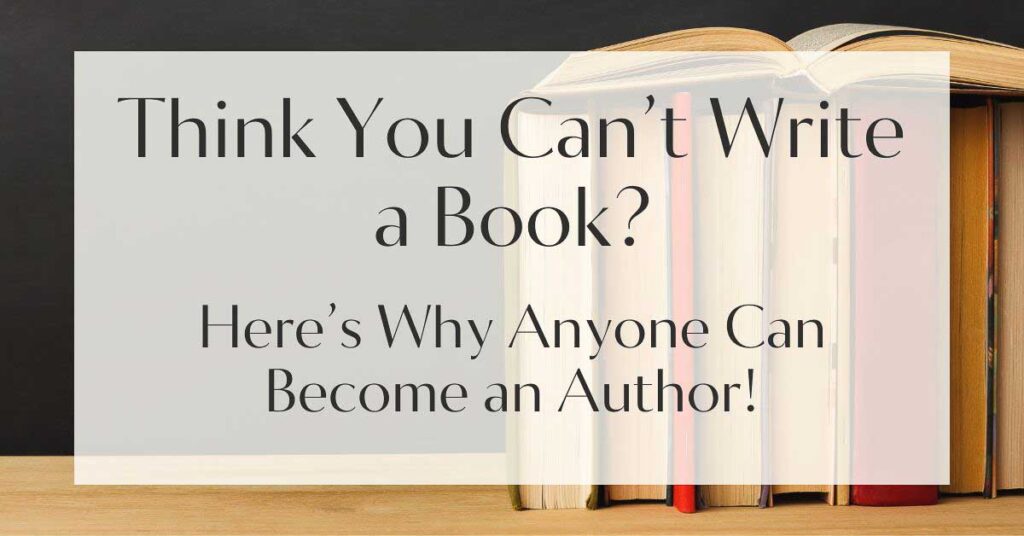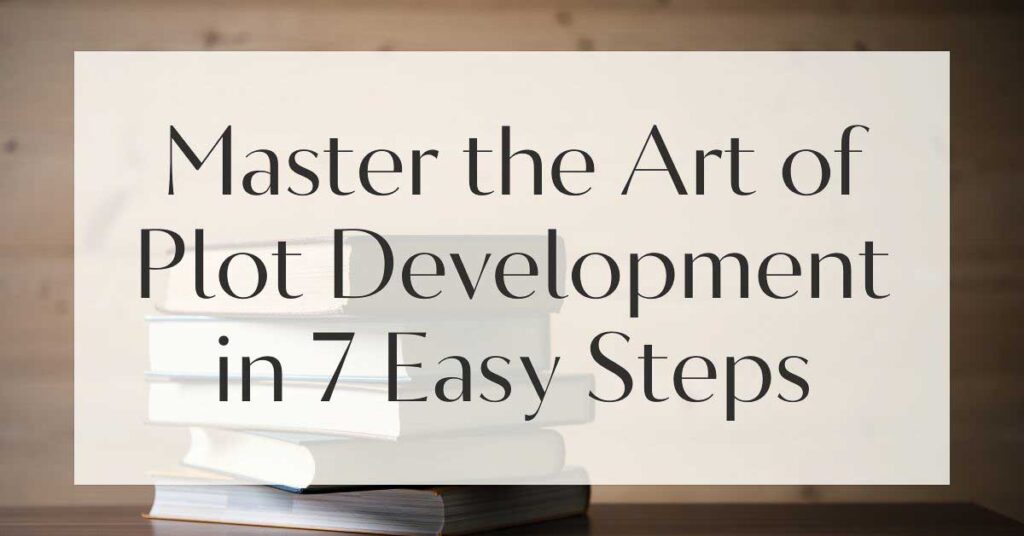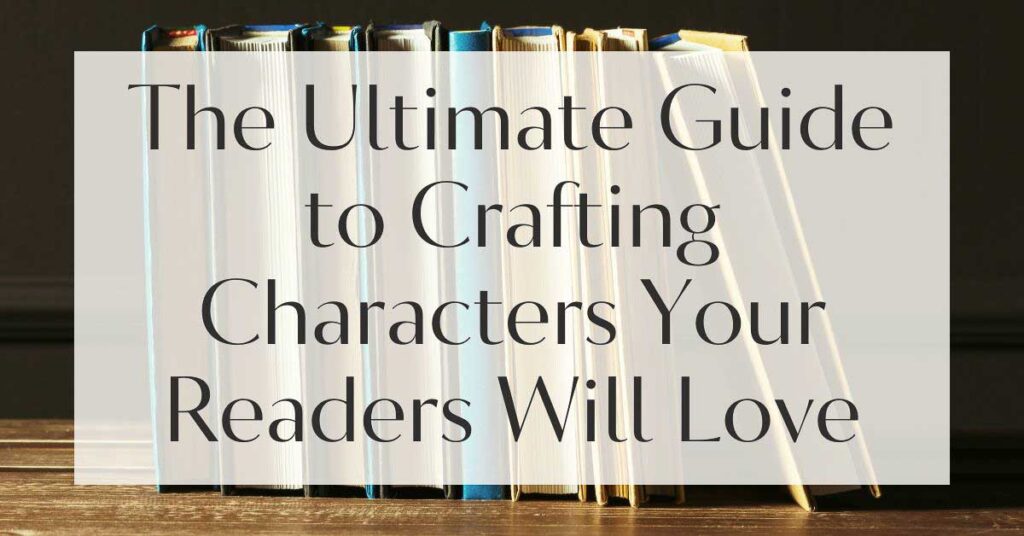Imagine a world where every villain is merely a shadowy figure lurking in the corners, driven by an unexplainable lust for chaos. Wouldn’t that be a dull tale? In the vast tapestry of storytelling, villains hold the power to challenge heroes and push narratives into uncharted territories.
But crafting a villain who captivates goes beyond painting them with a broad brush of evil. It requires delving into the intricate layers of their psyche, motivations, and vulnerabilities. In this exploration, we will journey through the art of writing complex villains, unveiling techniques that transform mere antagonists into unforgettable characters.
Understanding the Essence of Evil
In the realm of storytelling, villains serve as the crucible through which heroes are tested, refined, and ultimately transformed. They are the catalysts of conflict, driving the narrative forward with their actions and intentions.
The role of villains extends beyond mere opposition; they embody the challenges and fears that protagonists must overcome. By understanding the essence of evil, writers can harness its power to create compelling narratives that resonate with readers on a deeper level.
The Role of Villains in Storytelling
Villains are the dark mirrors reflecting the potential for darkness within us all. They provide a stark contrast to the hero’s journey, highlighting the moral dilemmas and choices that define a story. In literature and film, iconic villains like Darth Vader or Hannibal Lecter have become legendary not just for their deeds but for the depth of their character.
These antagonists captivate audiences because they are not one-dimensional; they are shaped by their past, driven by complex motivations, and often possess a twisted sense of logic that challenges our perceptions of right and wrong.
To make your villain more engaging, consider their relationship with the hero. A personal connection or shared history can add layers of tension and emotion to their interactions. This dynamic can heighten the stakes and make their confrontations more impactful.
Google Docs is for notes. Scrivener is for novels. Upgrade your writing game and try it for free today!

Defining Evil: Beyond Black and White
The traditional notion of evil as an absolute, unyielding force is a simplistic view that fails to capture the nuances of human nature. True evil is often a matter of perspective, shaped by circumstances, upbringing, and personal experiences.
By exploring these shades of gray, writers can create villains who are relatable, even if their actions are reprehensible. A villain who believes they are the hero of their own story adds depth and complexity, challenging readers to question their own moral compass.
Writing Complex Villains
Creating multi-dimensional antagonists involves peeling back the layers of their character to reveal the motivations and experiences that drive their actions.
It’s about crafting a backstory that informs their present behavior and provides insight into their psyche. These villains are not defined solely by their malevolent deeds but by their humanity, flaws, and aspirations.

Creating Multi-Dimensional Antagonists
A multi-dimensional antagonist is a character who defies stereotypes and expectations. They possess qualities that make them both fearsome and relatable, allowing readers to understand, if not sympathize with, their perspective.
Consider the motivations that propel your villain forward. Are they seeking revenge for a past injustice, or are they driven by a desire for power or recognition? By giving your villain a clear and compelling goal, you create a character with depth and purpose.
When developing your villain, explore their relationships with other characters. Interactions with allies, henchmen, or even family members can reveal different facets of their personality. These dynamics can also add complexity to the narrative and create opportunities for unexpected plot twists.
Character Development: Building a Backstory
Every villain is the product of their past, shaped by experiences that have molded their worldview. To create a rich and believable antagonist, delve into their backstory.
What pivotal moments led them down the path of darkness? How did their upbringing influence their choices and beliefs? By weaving these elements into your narrative, you provide readers with a deeper understanding of your villain’s motivations and actions.
Consider using a table to map out key events in your villain’s life. This visual aid can help you organize their backstory and ensure consistency in their character development. Here’s an example:
| Age | Event | Impact on Character |
|---|---|---|
| 10 | Loss of a parent | Develops a fear of abandonment |
| 18 | Betrayal by a friend | Becomes distrustful of others |
| 25 | Rises to power | Driven by a need to prove themselves |
Exploring Villain Psychology
Understanding the psychology of your villain is crucial to creating a character that resonates with readers.
Dive into their mind to uncover the fears, desires, and insecurities that drive their actions. Are they motivated by a fear of failure, a need for control, or a desire to be loved? By exploring these psychological aspects, you can craft a villain who is not only believable but also compelling in their complexity.
Remember, a well-developed villain can serve as a mirror to the hero, reflecting their own struggles and growth. This dynamic can add layers of depth to your narrative, making it more engaging and thought-provoking.
Feeling lost with your debut novel?
Fiverr Pro connects you with expert editors, designers, and marketers – everything you need to get your book ready for success!

Crafting Relatable Motivations
At the heart of every great villain lies a motivation that is both relatable and understandable. Whether driven by love, revenge, or ambition, these motivations ground the character in reality, making them more than just a caricature of evil.
By exploring what drives your villain, you create a narrative that resonates with readers and challenges their perceptions of morality.
What Drives Your Villain? Understanding Their Goals
To craft a believable villain, it’s essential to understand their goals and what they hope to achieve. Are they seeking justice for a perceived wrong, or are they driven by a desire for power and control?
By clearly defining your villain’s goals, you provide a framework for their actions and decisions. This clarity allows readers to understand their motivations, even if they don’t agree with them.
- Identify your villain’s primary goal and how it relates to the hero’s journey.
- Consider the obstacles they face and how they overcome them.
- Explore how their goals evolve throughout the story.
The Importance of Conflict: Internal vs External
Conflict is the lifeblood of any narrative, and for villains, it exists on both internal and external levels. Internally, they may grapple with doubts, fears, or a crisis of conscience.
Externally, they face the hero and the challenges that arise from their actions. By balancing these conflicts, you create a character who is dynamic and multifaceted.
To deepen your villain’s internal conflict, consider their moments of doubt or regret. These glimpses of vulnerability can humanize them, making their ultimate downfall or redemption more impactful. It also allows readers to connect with them on a more emotional level.

Techniques for Engaging Villainous Characters
Crafting an engaging villain involves more than just giving them a sinister laugh or a penchant for monologues. It requires a nuanced approach that considers their flaws, vulnerabilities, and the ways in which they subvert traditional tropes. By employing these techniques, writers can breathe life into their antagonists, creating characters that captivate and challenge readers.
Using Flaws and Vulnerabilities
Flaws and vulnerabilities are what make characters relatable and human. For villains, these traits can provide insight into their motivations and actions.
Perhaps your villain is driven by a fear of failure, or maybe they have a deep-seated insecurity that influences their decisions. By exploring these vulnerabilities, you create a character who is both formidable and relatable, allowing readers to empathize with them despite their actions.
Consider how these flaws impact your villain’s interactions with others. Do they lash out in anger when their insecurities are exposed, or do they retreat into themselves? These moments of vulnerability can add depth to your character and make them more engaging to readers.
No marketing platform? No social following? No problem!
Publisher Rocket helps you market your debut novel like a pro.
It’s a gamechanger for debut authors – try it today!


Subverting Tropes: Breaking the Mold
In a world filled with clichés, breaking the mold can set your villain apart from the rest. Instead of relying on tired tropes, consider how you can subvert expectations and create a character who defies conventions.
Perhaps your villain is a charming and charismatic leader, or maybe they are a reluctant antagonist who is forced into their role by circumstances beyond their control. By challenging traditional archetypes, you create a character who is fresh and intriguing.
Experiment with unexpected character traits or backgrounds for your villain. A villain who is also a loving parent or a respected community leader can add layers of complexity and surprise to your narrative. This unpredictability keeps readers engaged and invested in the story.
Lessons from Literature and Film
From the pages of classic literature to the screens of modern cinema, iconic villains have left an indelible mark on audiences. By studying these characters, writers can glean insights into what makes a villain memorable and how to apply those lessons to their own creations.
Whether it’s the chilling presence of Anton Chigurh in “No Country for Old Men” or the tragic complexity of Michael Corleone in “The Godfather,” these antagonists offer valuable lessons in character development and storytelling.
Iconic Villains: What Makes Them Memorable?
Iconic villains possess a certain magnetism that draws audiences in, compelling them to watch as the story unfolds. Whether it’s their charisma, intelligence, or sheer unpredictability, these characters leave a lasting impression.
Take, for example, Heath Ledger’s Joker in “The Dark Knight.” His chaotic nature and twisted philosophy challenge the very fabric of society, making him a villain who is both terrifying and fascinating.
What sets these villains apart is their ability to evoke a range of emotions in the audience. They are not simply evil for the sake of being evil; they have depth, complexity, and a sense of purpose that resonates with viewers.
By studying these iconic characters, writers can learn how to infuse their own villains with similar qualities, creating antagonists that captivate and intrigue.

Analyzing the Complexity of Modern Antagonists
In contemporary storytelling, villains are often portrayed as multi-faceted characters with intricate motivations and backgrounds.
Shows like “Breaking Bad” and “Game of Thrones” have popularized the notion of morally ambiguous antagonists who blur the lines between hero and villain. These characters challenge traditional notions of good and evil, forcing audiences to question their own beliefs and assumptions.
By analyzing the complexity of modern antagonists, writers can gain a deeper understanding of how to create characters who defy expectations and resonate with audiences.
These villains are not bound by conventional moral codes; they are shaped by their experiences, desires, and the world around them. This complexity makes them compelling and relatable, offering a fresh perspective on the nature of villainy.
Inviting Creativity and Community
Crafting a captivating villain is not a solitary endeavor; it is a collaborative process that thrives on creativity and community.
By sharing insights, experiences, and ideas, writers can inspire one another to push the boundaries of their craft and explore new avenues of storytelling. This sense of community fosters a supportive environment where writers feel empowered to experiment and take risks with their characters.
Encouraging Writers to Share Their Insights
The journey of writing is one best shared with others who understand the challenges and triumphs of the craft. By engaging with fellow writers, you open yourself up to new perspectives and ideas that can enrich your storytelling.
Whether through writing groups, workshops, or online forums, sharing your insights and experiences can lead to valuable feedback and inspiration.
Consider discussing your villain’s development with others and seeking their input. Fresh eyes can offer unique perspectives that you may not have considered, helping you refine and enhance your character. This collaborative approach can lead to new discoveries and breakthroughs in your writing.
Creative Exercises for Developing Villains
Engaging in creative exercises can help unlock new dimensions of your villain’s character and provide fresh inspiration for your narrative. One exercise involves writing a series of journal entries from your villain’s perspective. This allows you to delve into their thoughts, emotions, and motivations, providing valuable insight into their psyche.
Another exercise involves role-playing scenarios where your villain interacts with other characters. This can help you explore how they respond to different situations and dynamics, adding depth and nuance to their personality. By experimenting with these exercises, you can uncover new facets of your villain and enhance their complexity.
Ultimately, the art of writing complex villains is a journey of exploration and creativity. By delving into the depths of their character, motivations, and psychology, you can craft villains who are more than just evil—they are captivating, relatable, and unforgettable.








